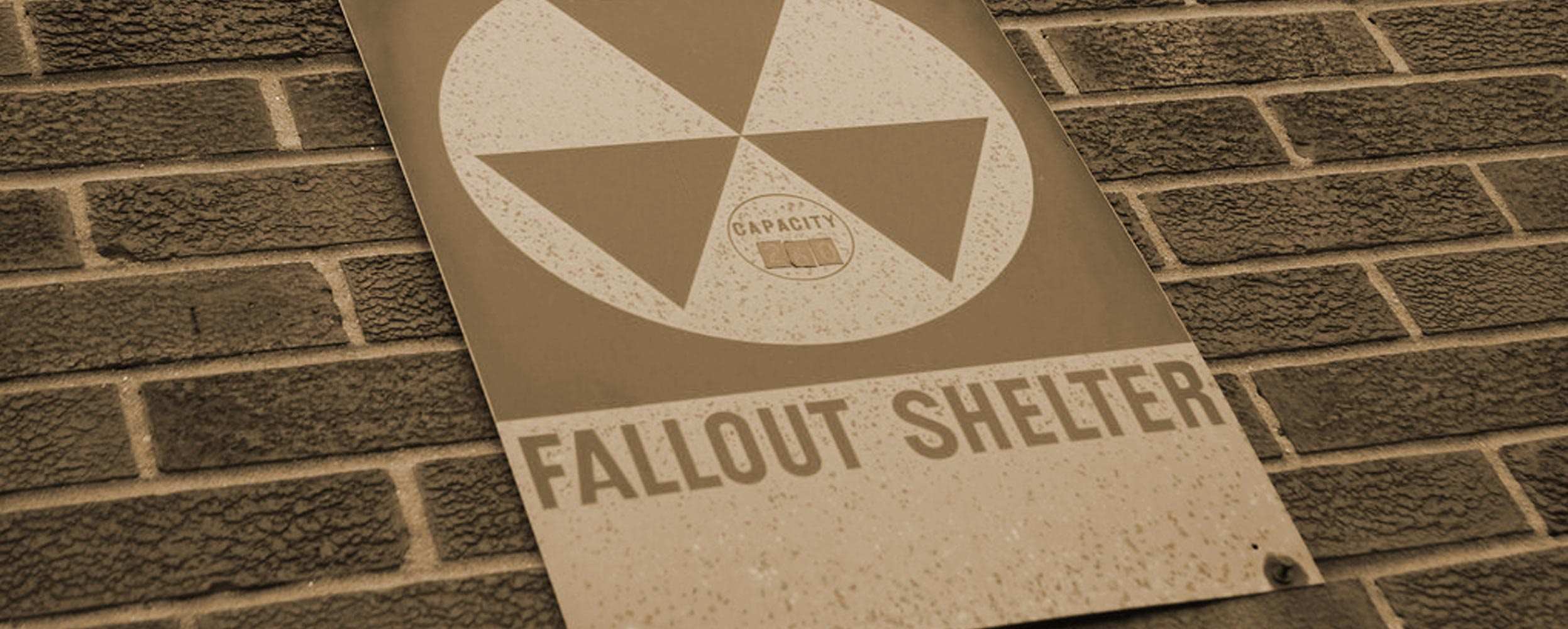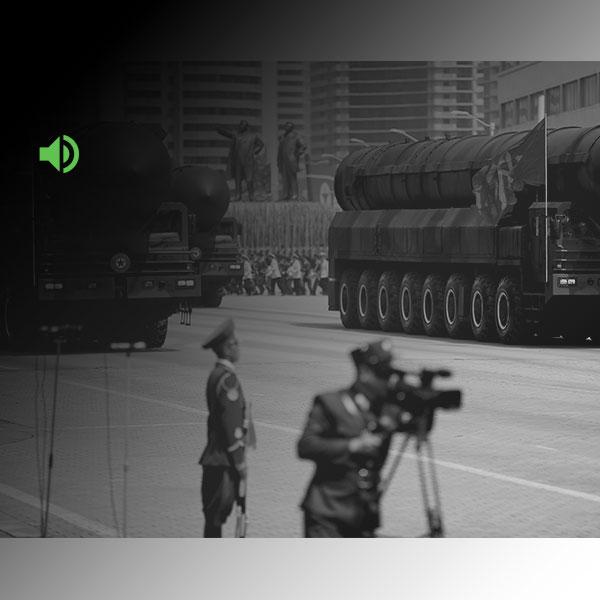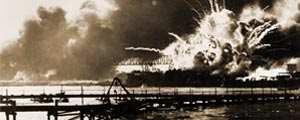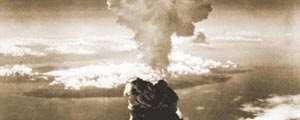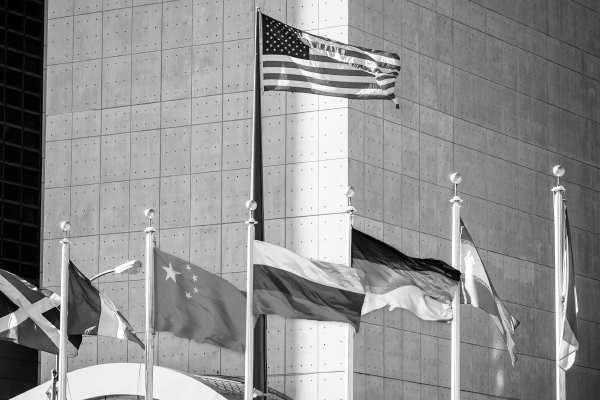Since the Cold War ended, thoughts of bomb shelters, "duck and cover" and nuclear war have been far from Americans' minds. But residents of Hawaii were jolted last week when a statewide emergency alert was accidentally sent, warning residents of a ballistic missile threat. Amid nuclear tensions with North Korea, many Americans re-experienced Cold War fears of a nuclear bomb in the modern day.
The Soviet Union tested its first atomic bomb in 1949, intensifying the U.S.-Soviet "arms race" and triggering U.S. fears.
In 1951, ���۴�ýasked Americans how safe they would feel in their city or community in the case of an "atomic war." Half of Americans said they would feel unsafe, while 42% said they would feel safe. The percentage who said they would feel unsafe was much higher in larger cities (56%) than in rural areas (44%).
| Safe | Not safe | No opinion | ||||||||||||||||||||||||||||||||||||||||||||||||||||||||||||||||||||||||||||||||||||||||||||||||||
|---|---|---|---|---|---|---|---|---|---|---|---|---|---|---|---|---|---|---|---|---|---|---|---|---|---|---|---|---|---|---|---|---|---|---|---|---|---|---|---|---|---|---|---|---|---|---|---|---|---|---|---|---|---|---|---|---|---|---|---|---|---|---|---|---|---|---|---|---|---|---|---|---|---|---|---|---|---|---|---|---|---|---|---|---|---|---|---|---|---|---|---|---|---|---|---|---|---|---|---|---|
| % | % | % | ||||||||||||||||||||||||||||||||||||||||||||||||||||||||||||||||||||||||||||||||||||||||||||||||||
| U.S. adults | 42 | 50 | 8 | |||||||||||||||||||||||||||||||||||||||||||||||||||||||||||||||||||||||||||||||||||||||||||||||||
| Community size | ||||||||||||||||||||||||||||||||||||||||||||||||||||||||||||||||||||||||||||||||||||||||||||||||||||
| Under 10,000 | 49 | 44 | 7 | |||||||||||||||||||||||||||||||||||||||||||||||||||||||||||||||||||||||||||||||||||||||||||||||||
| 10,000 to 99,999 | 38 | 56 | 6 | |||||||||||||||||||||||||||||||||||||||||||||||||||||||||||||||||||||||||||||||||||||||||||||||||
| 100,000 and over | 34 | 56 | 10 | |||||||||||||||||||||||||||||||||||||||||||||||||||||||||||||||||||||||||||||||||||||||||||||||||
| Gallup, Jan. 14-19, 1951 | ||||||||||||||||||||||||||||||||||||||||||||||||||||||||||||||||||||||||||||||||||||||||||||||||||||
���۴�ýfollowed up with a question asking U.S. adults whether they thought state officials were doing enough to protect residents in the case of an atomic attack. The public was about split, with 38% saying yes and 39% saying no.
Americans' perceptions of safety largely depended on whether they felt state officials were doing enough to protect them. Among those who said they would feel unsafe if an atomic attack were to occur, only one in four said their state officials were doing enough.
George ���۴�ýwrote, "Civil defense programs have been drawn up or put into operation by many of the larger states in recent months … the federal government has been discussing a large-scale program for building air raid shelters, particularly in cities and towns that would be prime target areas … the problem of cost has been a major stumbling block."
Safety concerns may have also contributed to Americans being open to a preemptive strike. In the same survey, 67% of Americans said the U.S. should drop an atomic bomb first in the case of an all-out war with Russia, while 20% said the U.S. should only use an atomic bomb if the U.S. was attacked with these weapons first.
Read more about ���۴�ýpolling on war.
View the original 1951 ���۴�ýnews release on perceptions of safety if atomic war were to occur.
Read more from the ���۴�ýVault.
